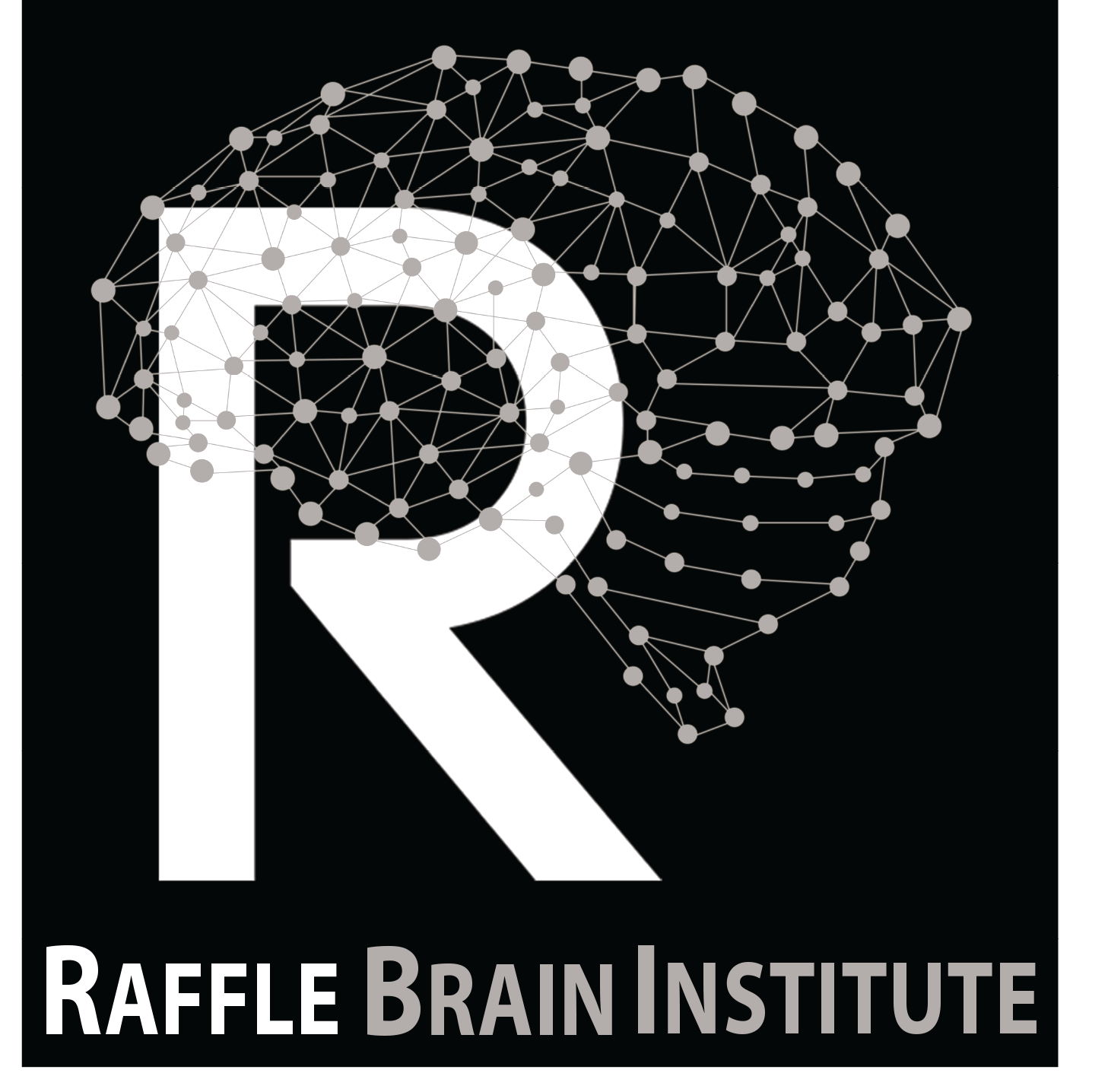“You’re Serious!”: Neuroplasticity and Cognitive Rehabilitation
Neuroplasticity is the brain’s natural ability to reorganize neural pathways – to regrow, repair, and “rewire” its neural circuits – in response to new situations or environmental changes. This occurs throughout the process of lifelong learning, and when the brain is forced to compensate and adjust its activity in response to injury or disease (Schwartz & Begley, 2002).
A child’s brain is incredibly plastic and resilient – even if the entire left hemisphere, which contains most all language functioning, is removed before the age of four or five, the child can still learn to talk, read, and write. However, the common belief that an adult brain loses its plasticity when childhood ends, and thus cognitive rehabilitation is a waste of time, has been proven false in a large number of studies. For example, in one study by Maguire et al. (2006), London taxi drivers, who have a remarkable ability to acquire and use knowledge of a large complex city, had greater gray matter volume than the average person in the mid-posterior region of the hippocampus– the area of the brain where mental maps of the environment are stored.
The adult brain is not “hard-wired.” Evidence exists for neurogenesis, or the formation of new nerve cells to replace damaged ones, and for neural pathway regeneration, in which healthy neurons in adjacent areas grow new nerve endings (both axonal and dendritic “sprouting”) to reconnect with neurons whose links had been severed, and to establish new connections to send and receive information from neurons in more distant, undamaged circuits. The goal following brain injury is to form new neural pathways so that the original function of the damaged neurons can be reconstituted. While some of this occurs in response to the injury itself, most occurs in response to training, or cognitive rehabilitation.
Image by Content Pixie
The brain is nothing if not efficient, and very little energy is wasted in performing the very complicated tasks of keeping us alive and the near infinite number of individual functions necessary for us to navigate the world around us. As a consequence, the brain can a bit lazy – when we ask it to engage in something that requires excess energy, such as to form new connections and rewire around a damaged area, the brain will make a limited effort and go back to the homeostasis it prefers. During cognitive rehabilitation, we tell the brain, in effect, to get up off its ass and start working. The brain then, in effect, looks at us and says, “You’re serious!”
And then the real changes begin. By giving the brain structured sensory input and structured activity, it will provide additional input to circuits, resulting in reconnectivity of partially disconnected neural circuitry (Sohlberg & Mateer, 2001). The very same neural mechanisms that we use during normal learning are activated, resulting ultimately in recovery in some or all of the lost function. “Injuries sustained after acquisition of a skill may be associated with substantial recovery of abilities, as cortical networks for skills have already been established” (Sohlberg & Mateer, 2001, p. 62).
Dr. Raffle at Raffle Brain Institute in Carmel, Indiana, has over 30 years of experience working with individuals with brain injuries, and has given countless patients the skills they need to make significant improvement in their functioning.
References
Schwartz, J. & Begley, S. (2002). The Mind and the Brain: Neuroplasticity and the power of mental Force. New York: Regan Books.
Sohlberg, M. M., & Mateer, C. A. (2001). Cognitive rehabilitation: An integrative neuropsychological approach. New York: Guilford Press.\\\
Maguire, E. A., Woollett, K., & Spiers, H. J. (2006). London taxi drivers and bus drivers: a structural MRI and neuropsychological analysis. Hippocampus, 16, 1091-1101.
Originally published in the Spring 2015 issue of Synaptic Connections, the official newsletter of the Neuropsychology Division VIII of the California Psychological Association

